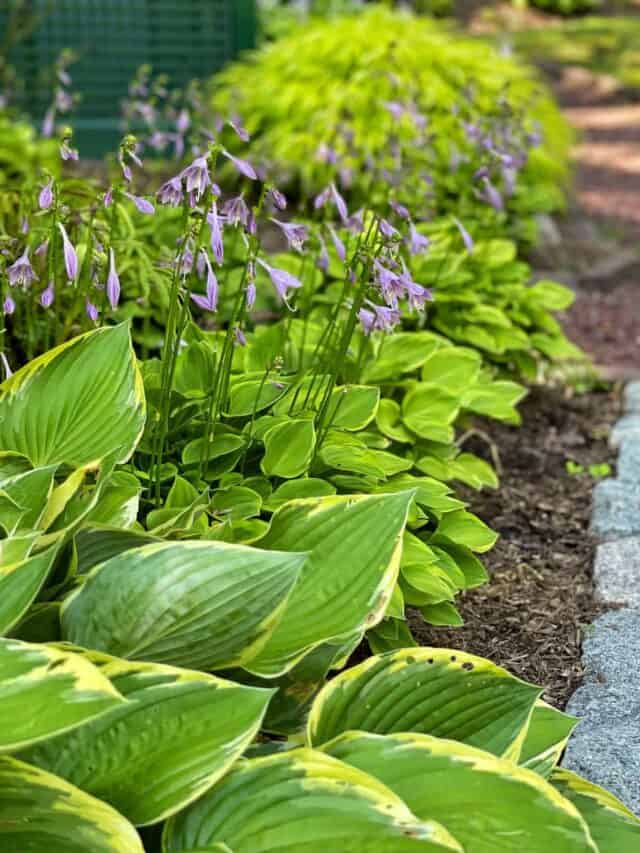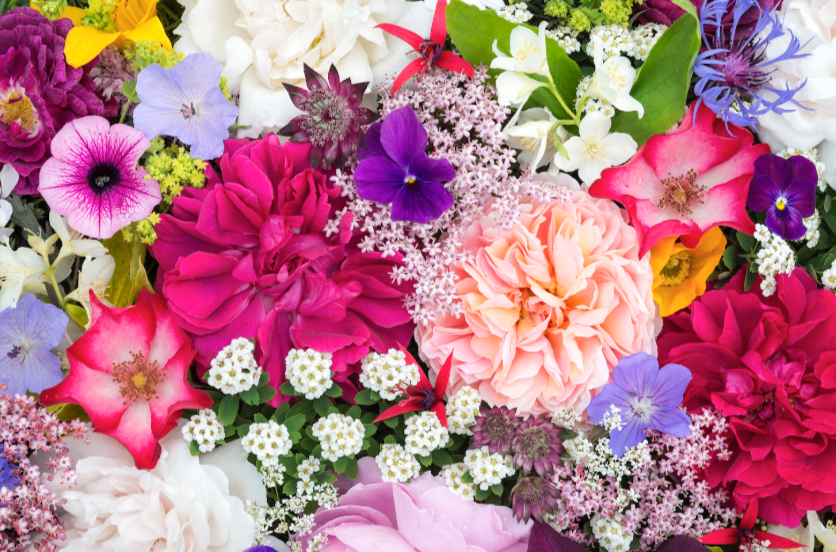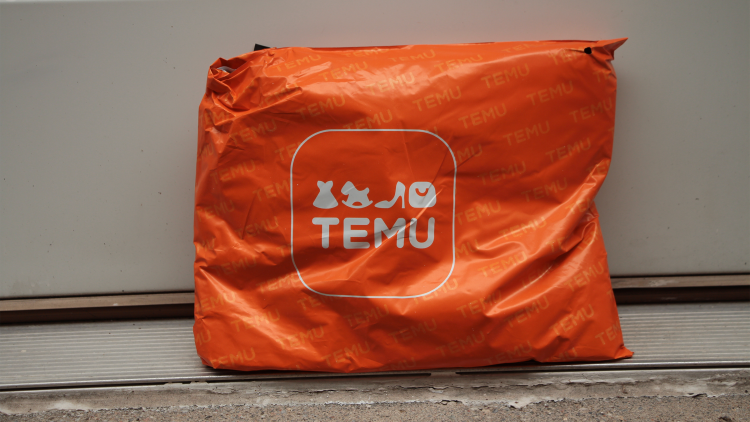Maximize Hyacinth Blooms: The Ideal Planting Time

Table of Contents
Understanding Hyacinth Planting Zones
Hyacinths, with their intoxicating fragrance and vibrant colors, thrive when planted at the right time. To maximize hyacinth blooms, understanding your planting zone is crucial. Planting zones are geographical areas with similar climates, influencing the ideal planting and growing periods for various plants, including hyacinths.
- Importance of knowing your specific planting zone: Your planting zone dictates the number of frost-free days you experience, directly impacting when you can safely plant hyacinth bulbs outdoors. Planting too early exposes bulbs to frost damage, while planting too late might result in weak blooms or even failure to bloom.
- How to find your planting zone: You can easily find your planting zone using online resources or by consulting gardening books specific to your region. The USDA Plant Hardiness Zone Map is a widely used tool.
- Consequences of planting outside the ideal time frame: Planting outside your optimal planting window can lead to several problems. These include reduced flowering, smaller blooms, weaker plants susceptible to diseases, and even bulb rot.
| Planting Zone | Ideal Planting Time |
|---|---|
| 5-7 | September-October |
| 8-9 | October-November |
| 10+ | Plant in the fall; may require more attention to watering and shade in hotter climates |
The Ideal Planting Time for Hyacinths
For maximizing hyacinth blooms, timing is everything. Most regions experience the best results with fall planting. This allows the bulbs sufficient time to establish roots before winter's cold sets in.
- Specific planting months for different regions: Generally, September to October is ideal for many regions (zones 5-7), while zones 8-9 might prefer October to November. Always consult your local gardening resources for the most precise dates.
- Factors that might slightly alter the ideal planting time: Unusually warm or cold autumns can slightly shift the optimal planting window. Monitor local weather forecasts for any extreme temperature fluctuations. If an unusually early frost is predicted, delay planting until the risk has passed.
- The importance of checking local weather forecasts before planting: Before you plant, check your local weather forecast to ensure that no unexpected frost is predicted. Cold temperatures can severely damage hyacinth bulbs.
Preparing the Soil for Maximum Hyacinth Blooms
Healthy soil is crucial for maximizing hyacinth blooms. Hyacinths prefer well-drained, fertile soil rich in organic matter.
- Testing soil pH (ideal range): The ideal pH range for hyacinths is slightly acidic to neutral (6.0-7.0). You can test your soil's pH using a home testing kit. Adjust the pH as needed using lime to raise alkalinity or sulfur to lower it.
- Benefits of well-drained soil: Well-drained soil prevents waterlogging, which can lead to root rot and fungal diseases, harming the bulbs and reducing bloom production.
- Types of soil amendments and how to use them: Amend heavy clay soils with organic matter like compost or peat moss to improve drainage and aeration. Sandy soils may benefit from adding organic matter to improve water retention.
Planting Depth and Spacing for Optimal Results
Proper planting depth and spacing are critical for maximizing hyacinth blooms. Overcrowding inhibits growth and air circulation, leading to weaker blooms and increased disease susceptibility.
- Recommended planting depth (usually twice the bulb’s height): Plant hyacinth bulbs approximately twice their height deep. For a bulb that's 2 inches tall, plant it about 4 inches deep.
- Ideal spacing between bulbs (to allow for growth and air circulation): Allow for adequate spacing between bulbs—about 3-4 inches apart—to ensure each bulb has enough space to develop its root system and produce abundant blooms.
- Visual aids: [Insert a diagram or picture illustrating proper planting depth and spacing.]
Post-Planting Care for Abundant Blooms
Consistent care after planting significantly contributes to maximizing hyacinth blooms.
- Watering frequency: Water consistently after planting, keeping the soil moist but not waterlogged. Reduce watering frequency during winter dormancy, increasing it again as the plants begin to sprout.
- Benefits of mulching: Apply a layer of mulch (2-3 inches) over the planted area after the ground freezes to help insulate the bulbs, retain moisture, and suppress weeds.
- Types of fertilizer suitable for hyacinths and application instructions: Feed your hyacinths with a balanced bulb fertilizer in early spring once the shoots emerge. Avoid over-fertilizing, as it can harm the plants.
Conclusion
Maximizing hyacinth blooms involves understanding your planting zone, selecting the ideal planting time (generally fall), preparing the soil, ensuring proper planting depth and spacing, and providing consistent post-planting care. By following these steps and selecting the ideal planting time, you’ll be well on your way to maximizing hyacinth blooms in your garden! Start planning your planting today for a vibrant spring display. Achieve maximum hyacinth blooms and grow abundant hyacinths this year!

Featured Posts
-
 Antqal Jwnathan Tah Ila Bayrn Mywnykh Akhbar Hdytht
May 29, 2025
Antqal Jwnathan Tah Ila Bayrn Mywnykh Akhbar Hdytht
May 29, 2025 -
 Bayrn Mywnkh Ykhtt Lkhtf Sfqt Brshlwnt Aljdydt
May 29, 2025
Bayrn Mywnkh Ykhtt Lkhtf Sfqt Brshlwnt Aljdydt
May 29, 2025 -
 Remaking Harry Potter The Adult Character Hbo Cannot Afford To Fail With
May 29, 2025
Remaking Harry Potter The Adult Character Hbo Cannot Afford To Fail With
May 29, 2025 -
 Perennials Vs Annuals Choosing The Best Flowers For Your Landscape
May 29, 2025
Perennials Vs Annuals Choosing The Best Flowers For Your Landscape
May 29, 2025 -
 Argentinian Moto Gp Hondas Positive Outlook And Competitive Goals
May 29, 2025
Argentinian Moto Gp Hondas Positive Outlook And Competitive Goals
May 29, 2025
Latest Posts
-
 Urgent Warning Fake Ticket Sellers Targeting Ticketmaster Customers
May 30, 2025
Urgent Warning Fake Ticket Sellers Targeting Ticketmaster Customers
May 30, 2025 -
 Oasis Tour Audit Did Ticketmaster Violate Consumer Protection Laws
May 30, 2025
Oasis Tour Audit Did Ticketmaster Violate Consumer Protection Laws
May 30, 2025 -
 Ticketmaster Visualiza Tu Asiento Con La Nueva Vista Virtual
May 30, 2025
Ticketmaster Visualiza Tu Asiento Con La Nueva Vista Virtual
May 30, 2025 -
 Ticketmasters Warning Avoid Fake Ticket Sellers To Protect Your Money
May 30, 2025
Ticketmasters Warning Avoid Fake Ticket Sellers To Protect Your Money
May 30, 2025 -
 Ticketmaster Issues Urgent Warning Fake Ticket Sellers Costing Punters Thousands
May 30, 2025
Ticketmaster Issues Urgent Warning Fake Ticket Sellers Costing Punters Thousands
May 30, 2025
